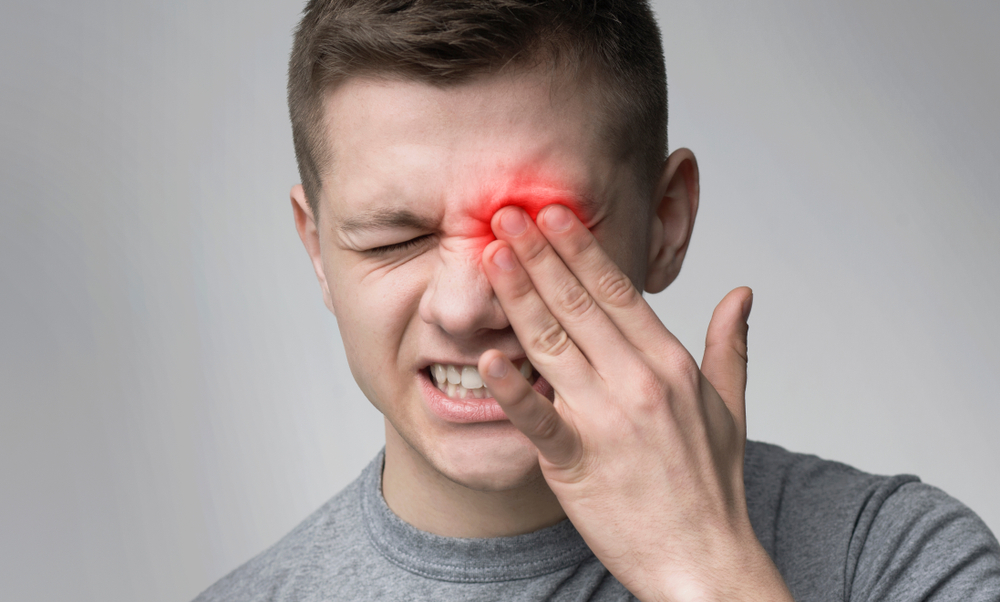
Eye injuries can occur at any time and in various situations, ranging from minor irritations to severe trauma that may lead to permanent vision loss. Due to the delicate nature of the eye and its crucial role in our daily lives, it is essential to understand how to recognize and treat eye injuries promptly. In this article, we will discuss common types of eye injuries, the basic steps for eye injury first aid, and treatments for specific eye injury situations. By familiarizing ourselves with this information, we can respond quickly and effectively when faced with eye emergencies.
The importance of timely and appropriate eye injury treatment cannot be overstated. Eyes are delicate organs, and even minor injuries left untreated can potentially result in permanent damage or vision loss. Moreover, our eyes are an essential part of our overall quality of life, allowing us to experience the world around us, perform daily tasks, and communicate with others. Thus, knowing how to provide first aid for eye injuries is a valuable skill that can help protect and preserve our vision and well-being.
First Aid for Eye Injuries: Basic Steps
When faced with an eye injury, it is crucial to stay calm and follow these basic steps for eye injury first aid:
Assess the situation: Determine the type of injury and its severity. Look for signs of pain, redness, swelling, or vision changes. If the injured person is unable to open their eye, do not force it open.
Protect the eye: If the injury is severe or you suspect that there may be damage to the eye's internal structures, avoid touching the eye and cover it with a clean, protective shield, such as a paper cup or gauze pad taped in place.
Seek professional help: In the case of severe injuries or if you are unsure about the appropriate course of action, contact a healthcare professional or go to the nearest emergency room for assistance.
Administer first aid: Depending on the type and severity of the injury, you may be able to provide first aid treatment (see the following section for specific situations).
Eye Injury First Aid for Specific Situations
Chemical Exposure
If a harmful chemical comes into contact with the eye, it is essential to act quickly to minimize damage. Begin by flushing the eye with clean, lukewarm water for at least 15-20 minutes. Ensure that the water runs away from the nose to avoid contaminating the other eye. Do not rub the eye, as this may cause further injury. Once the eye has been thoroughly flushed, seek medical attention.
Foreign Objects
When an object becomes lodged in the eye, it is essential to avoid rubbing the eye, as this can cause further damage. Blinking may help to dislodge the particle. If blinking is not effective, try flushing the eye with clean water or saline solution. If the object remains in the eye after these attempts, cover the eye with a clean cloth or gauze and seek medical attention.
Blunt Force Trauma
If the eye experiences a direct impact, apply a cold compress to the affected area to help minimize swelling and pain. Avoid applying direct pressure to the eye, as this may cause further damage. If there is any suspicion of damage to the eye's internal structures, cover the eye with a protective shield and seek medical attention.
Cuts and Punctures
For cuts or puncture wounds to the eye, avoid touching or rubbing the injured area. Do not attempt to remove any embedded objects. Instead, cover the eye with a clean cloth or gauze and seek immediate medical attention.
Burns
In the case of an eye burn, flush the eye with cool, clean water for at least 15 minutes. Avoid rubbing the eye and do not apply any ointments or medications. Seek medical attention as soon as possible.
First Aid Supplies for Eye Injury Emergencies
Having the necessary first aid supplies readily available can make a significant difference when faced with an eye injury. Some essential items to keep in your first aid kit include:
Sterile saline solution or clean water for flushing the eye
A clean, soft cloth or gauze for covering the eye
A protective shield, such as a paper cup or eye shield, to protect the injured eye
A cold compress to help reduce swelling and pain
Emergency contact information for healthcare professionals or emergency services
Conclusion
Eye injuries can be a frightening and potentially life-altering experience. By understanding the common types of eye injuries, knowing the basic steps for eye injury first aid, and being prepared with the necessary supplies, we can protect and preserve our vision in the face of eye emergencies. Remember, when in doubt, seek professional help to ensure the best possible outcome for the injured eye.
For more information on first aid for eye injuries, visit Nappanee Family Eyecare at our office in Nappanee, Indiana. Call (574) 319-9390 to book an appointment today.











